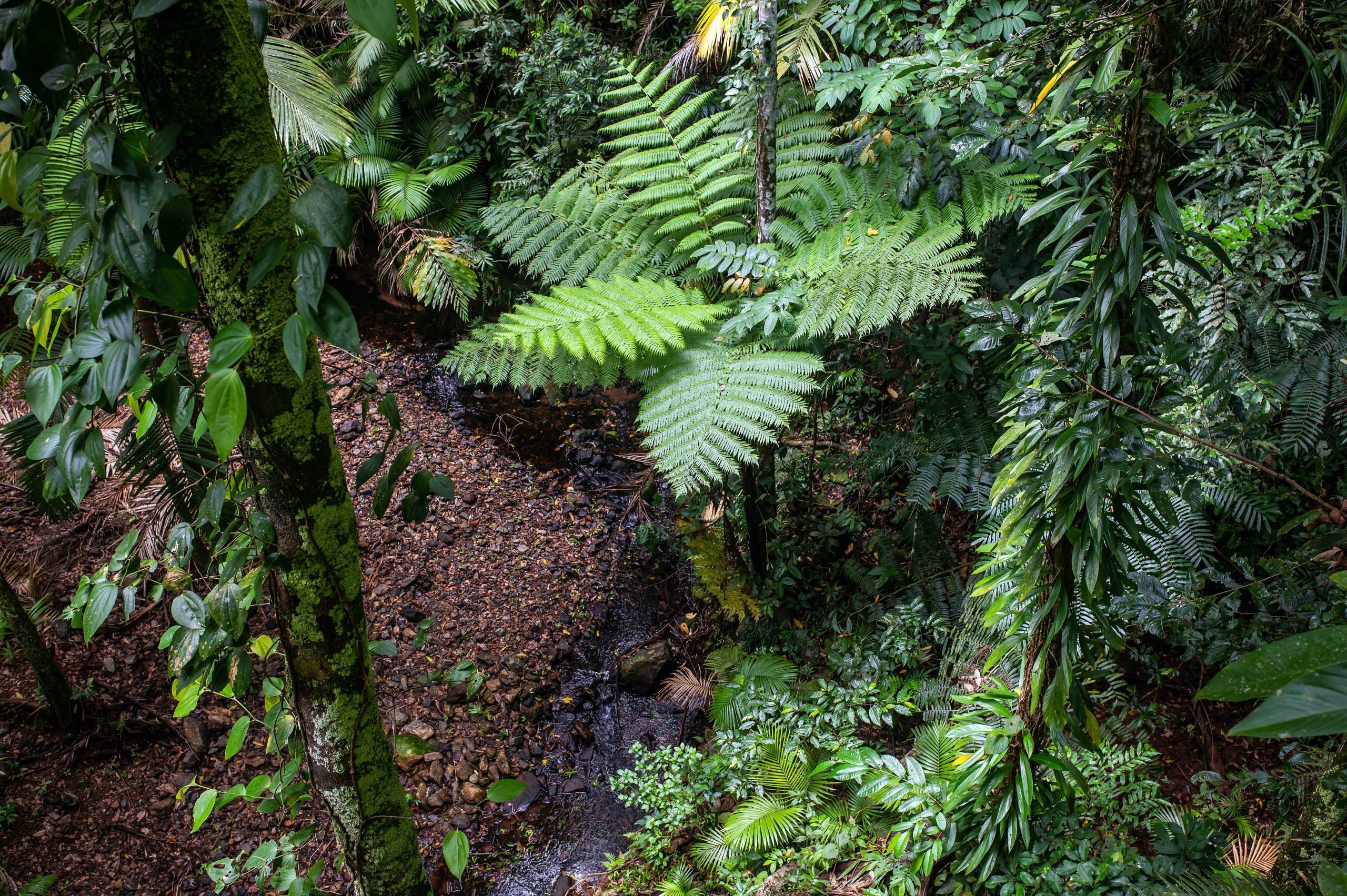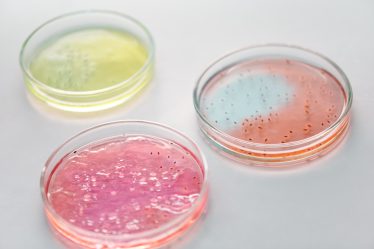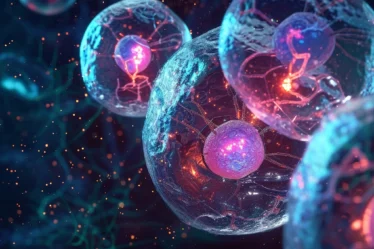
Welcome to the fascinating world of biology, where life in all its complexity unravels before our very eyes! In this captivating exploration, we’ll journey through the top 8 greatest discoveries in biology. We’ll learn about the amazing people behind these discoveries and understand how they’ve revolutionized our perception of life. Whether you’re a curious elementary student or an enthusiastic high-schooler, this blog post is designed just for you. If you are a teacher or a tutor, this post can help expand your horizons and acquire fresh knowledge. So let’s dive right in!
1. The Structure of DNA by Watson and Crick
Imagine unlocking the very blueprint of life itself. James Watson and Francis Crick did that when they discovered DNA’s double helix structure in 1953. Their discovery helped us understand how genetic information passes from generation to generation. It was truly a ‘eureka’ moment, leading to advancements in genetics, forensics, and medicine. It even paved the way for the development of DNA sequencing and genetic engineering, fields that hold immense potential for our future.
The fascinating structure of DNA, with its intertwined strands and matching bases (adenine with thymine and guanine with cytosine), was an ingenious puzzle that fell into place. It’s a marvel that every cell in your body carries a copy of this intricate genetic code, the instructions needed to make you, well, you!
A fun fact to remember: If you could stretch out all the DNA in your body, it would reach the sun and back about 600 times.
Watson and Crick’s discovery of DNA’s structure stands as a towering achievement in biology. It unveiled the secret of heredity, paving the way for countless breakthroughs that continue to reshape our world.
Deepen your understanding of genetics with our blog post, Understanding Genetics: A Comprehensive Guide for School Students Prepared by Tutors.
2. Theory of Evolution by Darwin
Next on our list is the monumental work by Charles Darwin that fundamentally changed our understanding of the natural world. Darwin’s groundbreaking Theory of Evolution proposed that all species evolve over time through natural selection. Presented in his book “On the Origin of Species” in 1859, this theory marked a paradigm shift in biology.
The cornerstone of Darwin’s theory is survival of the fittest, implying that species better adapted to their environment are more likely to survive and pass their traits to the next generation. An interesting example is the Galapagos finches, whose beak shapes evolved over generations to exploit different island food sources. Their beak shapes provide compelling evidence for Darwin’s theory of evolution through natural selection.
What’s truly mind-boggling is the immense timescale of evolution. Did you know that life took about 3.5 billion years to evolve from simple, single-celled organisms to the vast diversity of complex life forms we see today? Darwin’s theory continues to be central to our understanding of life and serves as the foundation for modern biology.
Engage further with biology by visiting our blog post, 8 Exciting Science Experiments for Students.
3. Discovery of Cells and Cell Theory
Did you know that you’re made up of trillions of tiny units called cells? This fundamental fact wasn’t known until the 17th century when the brilliant scientist Robert Hooke made a groundbreaking discovery. Using an early microscope, Hooke observed a slice of cork and saw tiny structures that he named ‘cells’ – a word meaning ‘small rooms’ in Latin.
Fast forward to the 19th century, and three German scientists – Matthias Schleiden, Theodor Schwann, and Rudolf Virchow – expanded on Hooke’s discovery to formulate the Cell Theory. This revolutionary theory stated that all living things are made up of cells, that the cell is the basic unit of life, and that new cells arise from existing cells.
This breakthrough opened up a whole new world of understanding. Every living organism is composed of cells, from the smallest bacteria to the largest blue whale. This understanding forms the basis for almost everything we know about biology today, from how your body fights off diseases to how plants grow.
Fun fact: The human body has about 30 trillion cells, and each one contains nearly 2 meters of DNA!
The discovery of cells and the formulation of the Cell Theory is undoubtedly one of the most pivotal achievements in biology. It unveiled the microscopic world to us, providing key insights into the complex processes that govern life.
4. Penicillin as Antibiotic
Get ready for a tale that changed medical history! Enter Sir Alexander Fleming, a scientist working in his lab in 1928. He noticed something peculiar in his Petri dishes after returning from a holiday. A mold named Penicillium had grown, killing the bacteria surrounding it. What a surprise!
That accidental discovery led to the development of penicillin, the world’s first antibiotic. Antibiotics are drugs that combat bacteria, and penicillin was a game changer. It could kill harmful bacteria inside the body without harming human cells, marking the dawn of a new era in medicine.
Can you imagine a world without antibiotics? Before penicillin, even minor infections could be deadly. Today, we use antibiotics to treat many bacterial infections, from simple sore throats to life-threatening conditions like pneumonia. There’s no denying it; Fleming’s discovery of penicillin has saved millions of lives!
Here’s a fun fact: Penicillium mold is a common type of fungus that can grow on bread or fruit. Who would have thought that such an ordinary mold could lead to such an extraordinary discovery?
For a fascinating exploration of the microscopic life that helps keep us healthy, visit our blog post: Microbes’ Role in Maintaining Our Well-being.
5. Human Genome Project
Imagine a mission as complex as mapping every single gene in the human body. It sounds like a task for superheroes, right? Well, that’s precisely what a group of brilliant scientists did in the Human Genome Project.
This international scientific research project kicked off in 1990 and took 13 years to complete. The goal? To determine the sequence of nucleotide base pairs that make up human DNA and to map all the genes of the human genome. Astonishingly, that’s about 3 billion pieces of information!
The completion of the Human Genome Project in 2003 was a giant leap for biology. It laid the foundation for studying the role of genes in health and disease. Today, doctors can predict your risk for certain diseases based on your genome. Researchers can also develop new treatments tailored to individual genetic profiles. That’s the power of genomics!
How’s this for a fun fact? More than 99% of the genes in people are the same. So, what makes us unique? The tiny fraction of genes, just about 1%, makes each of us different!
How to calculate molar mass, mass fraction, and viscosity?
6. Discovery of Vaccines
Ever wondered why you don’t hear about diseases like smallpox or polio anymore? The answer lies in the power of vaccines, and we have Edward Jenner to thank for this groundbreaking discovery.
In 1796, Jenner, an English physician, noticed that milkmaids who had contracted cowpox, a disease similar to smallpox but much less deadly, didn’t get sick from smallpox. He hypothesized that cowpox protected them against smallpox. To test this, he inoculated a boy with cowpox and then exposed him to smallpox. The boy didn’t get sick, and voila, the first vaccine was born!
Since then, vaccines have become crucial in preventing infectious diseases. Vaccines work by training our immune system to recognize and combat harmful pathogens. If the real pathogen ever invades our body, our immune system is ready to fight back.
Here’s a fun fact: The word vaccine comes from the Latin word ‘vacca,’ meaning cow. This is a nod to Jenner’s first experiments with cowpox!
Vaccines have undoubtedly been one of the most life-saving innovations in biology. They have eradicated diseases, saved countless lives, and continue to protect us against new threats.
7. Photosynthesis
Here’s a magical process that powers life on Earth – Photosynthesis! It’s the process that plants use to convert sunlight into energy. Sounds simple, right? But the discovery of this process has an interesting story.
Jan Ingenhousz, a Dutch scientist, discovered in the 18th century that plants need light to produce oxygen. He also found out that this happens only in the green parts of plants. This finding laid the groundwork for understanding the full process of photosynthesis.
Today, we know that plants take in carbon dioxide and sunlight during photosynthesis and produce glucose (their food) and oxygen. It’s thanks to this process that we have the oxygen we breathe! How cool is that?
Fun fact: A large tree can absorb up to 48 pounds of carbon dioxide per year. That’s like taking a small car off the road for 161 kilometers!
To dive deeper into the process of photosynthesis, read our blog posts, Photosynthesis: The Green Engine Driving Plant Growth and The Wonderful World of Green Algae.
8. Mendelian Genetics
Ever wondered why you have the same eye color as your mom or the same hair type as your dad? The answer lies in the world of genetics, and we have Gregor Mendel to thank for this knowledge.
In the 19th century, Mendel, an Austrian monk, performed thousands of cross-breeding experiments with pea plants. He discovered that certain traits follow specific patterns when passed down through generations. This became the basis for the laws of inheritance, known as Mendelian genetics.
Mendel’s principles of heredity laid the foundation for genetic science, explaining how traits are passed from parents to offspring. This knowledge is crucial for everything from breeding plants and animals to understanding human disease.
Here’s an interesting number: Humans have about 20,000-25,000 genes. That’s a lot of information to determine your traits!
The Power of Biological Discoveries and the Role of Tutors in Learning Biology
So there you have it – the top 8 greatest discoveries in biology that have shaped our understanding of the world. From the structure of DNA to the laws of inheritance, these breakthroughs have not only unraveled the mysteries of life but have also paved the way for advancements in medicine, agriculture, environmental conservation, and so much more. Isn’t it fascinating how we’ve come so far in our quest to understand life?
And yet, biology is an ever-evolving field with discoveries and innovations everywhere. That’s why having a dedicated biology tutor or a teacher can make a world of difference in your journey of learning. Tutors can guide you through these complex concepts, making them accessible and engaging. They can fuel your curiosity, inspire creativity, and help you connect across different topics. With a tutor’s help, you’ll not only understand the biology of today, but you’ll also be ready to embrace the discoveries of tomorrow.
We’ve also prepared a special blog post to help you understand the potential benefits of tutoring in biology, Unlocking the Wonders of Biology: How a Tutor Can Help Make Science Fun.
To find a tutor who can tailor the learning experience to your unique needs, consider using tutoring websites or platforms. Try search terms like “biology tutor Glasgow” or “biology teacher Sheffield” to find the right match.
If you’re someone who thrives in a group learning environment, consider signing up for a biology class. Use search phrases such as “biology classes London” or “biology lessons Manchester” to locate nearby learning institutions offering these classes.
In need of a dedicated biology tutor? Don’t forget to check out meet’n’learn for an array of skilled tutors.
So, keep exploring, keep learning, and who knows? Maybe one day, you’ll be the one making the next big discovery in biology!


